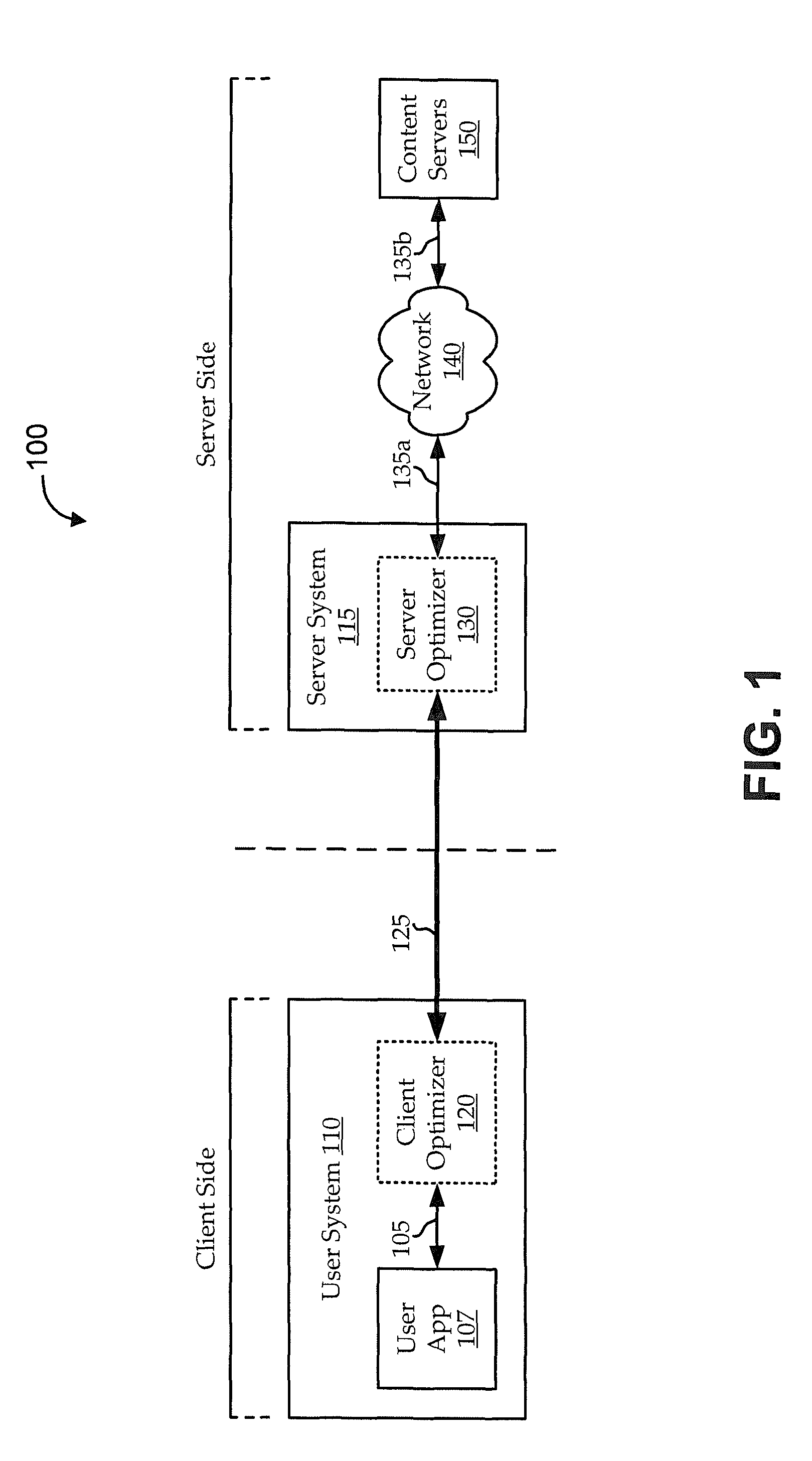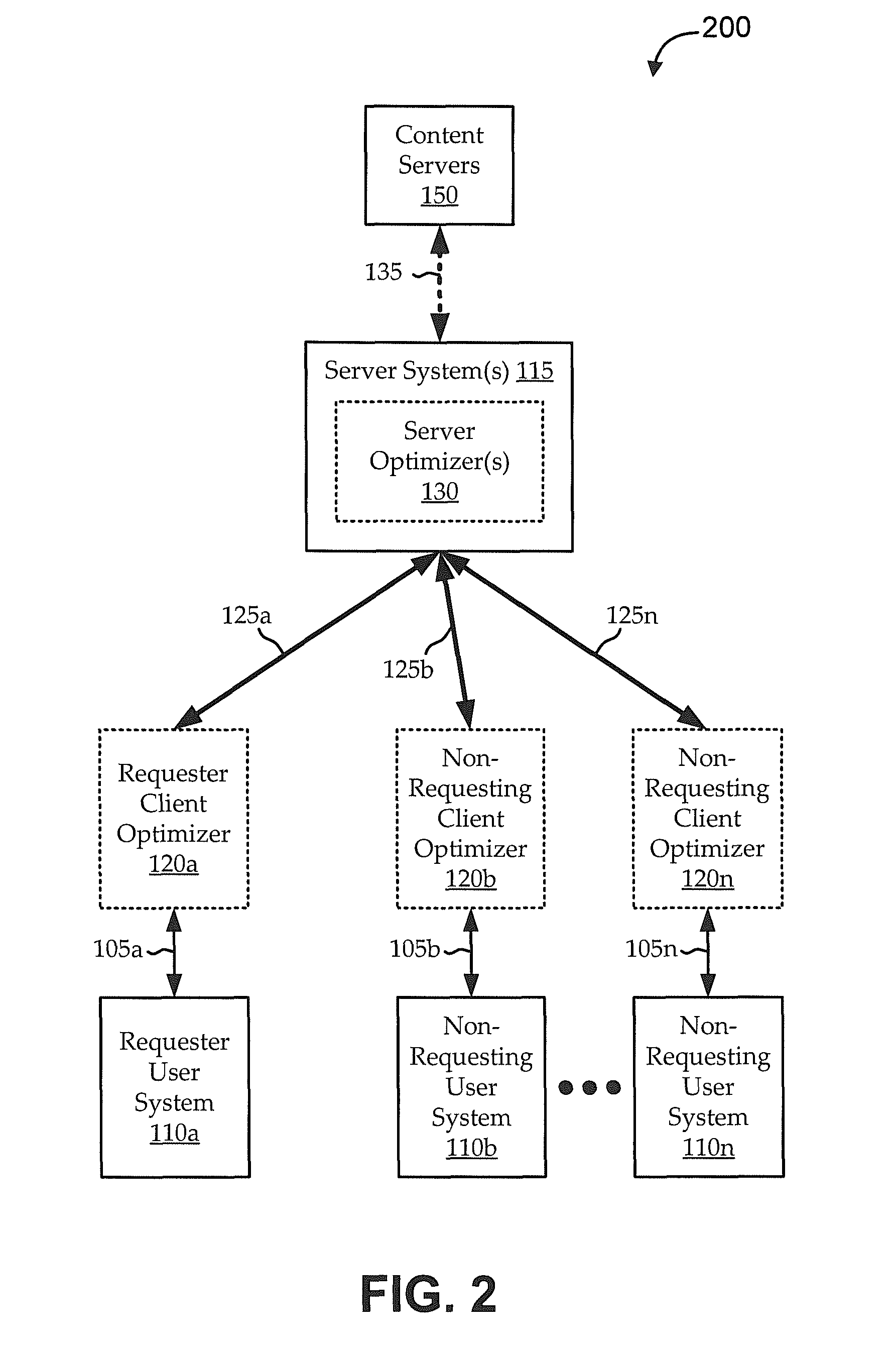Opportunistic content delivery using delta coding
a content delivery and content technology, applied in the field of communication systems, can solve the problems of large network overhead for maintaining coder synchronization, especially heavy burden on the cost of transmitting delta coder synchronization and forward error correction traffic, so as to avoid redundant data transfer
- Summary
- Abstract
- Description
- Claims
- Application Information
AI Technical Summary
Benefits of technology
Problems solved by technology
Method used
Image
Examples
Embodiment Construction
[0017]Communications networks have limited resources, yet it can still be desirable to maximize the ability of users of those resources to communicate (e.g., send and / or receive) content over those resources. Some approaches involve prepositioning content data at local storage devices of user systems. When users request content, the system can determine whether the users previously received and stored the content, and, if so, can locally satisfy at least some of the request without re-sending the data. Traditional approaches to determining whether the users previously received and stored the content typically involve maintaining master copies of content on an intermediate server, waiting for remote devices (e.g., user systems) to request particular missing data, or keeping track of the information stored on both the client and server sides of a network. These traditional approaches can result in large amounts of overhead, for example, in maintaining and communicating synchronization...
PUM
 Login to View More
Login to View More Abstract
Description
Claims
Application Information
 Login to View More
Login to View More - R&D
- Intellectual Property
- Life Sciences
- Materials
- Tech Scout
- Unparalleled Data Quality
- Higher Quality Content
- 60% Fewer Hallucinations
Browse by: Latest US Patents, China's latest patents, Technical Efficacy Thesaurus, Application Domain, Technology Topic, Popular Technical Reports.
© 2025 PatSnap. All rights reserved.Legal|Privacy policy|Modern Slavery Act Transparency Statement|Sitemap|About US| Contact US: help@patsnap.com



